Clean Energy Business Members Push Bills on Capitol Hill
Note: This was updated on Sept. 11, 2015, to include additional groups that have endorsed the POWER Act.
U.S. businesses need consistent and equitable federal policy to continue innovating, manufacturing, and competing in the growing global energy economy, which is expected to attract $7.7 trillion in private investment by 2030—65 percent of which probably will come from renewable sources. Pew’s Clean Energy Business Network (CEBN) provides industry leaders with an opportunity to connect with fellow clean energy professionals and to engage in policy initiatives that affect their ability to thrive in this sector.
This month, 14 CEBN members representing 13 companies met with lawmakers in Washington to encourage support for the Power Efficiency and Resiliency (POWER) Act. This bipartisan, bicameral legislation, introduced June 4, would improve the federal investment tax credit for industrial energy efficiency technologies such as combined heat and power and waste heat to power. In more than 30 meetings, the business leaders shared information with congressional representatives and their staffs about how these technologies work and about the POWER Act’s potential economic and energy security benefits. CEBN members and Pew staff also delivered letters signed by more than 200 businesses and organizations endorsing the legislation.
Support from the business community is critical to building congressional support for this and other policy initiatives. CEBN members helped to secure a dozen bipartisan original co-sponsors of the POWER Act (S. 1516/H.R. 2657). Pew is hopeful that, with continued outreach from industry leaders, Congress will pass the legislation and send it to the president’s desk.
You can play an important role in this policy conversation. If your company is a developer, manufacturer, or end user of combined heat and power or waste heat to power technologies, please contact Lynn Abramson, who leads the CEBN, to learn how you can lend support to the POWER Act.
In addition to direct engagement with policymakers, the Clean Energy Business Network provides members with a variety of other resources. And best of all, it’s free to join. To learn more or sign up, click here.
Photo Gallery


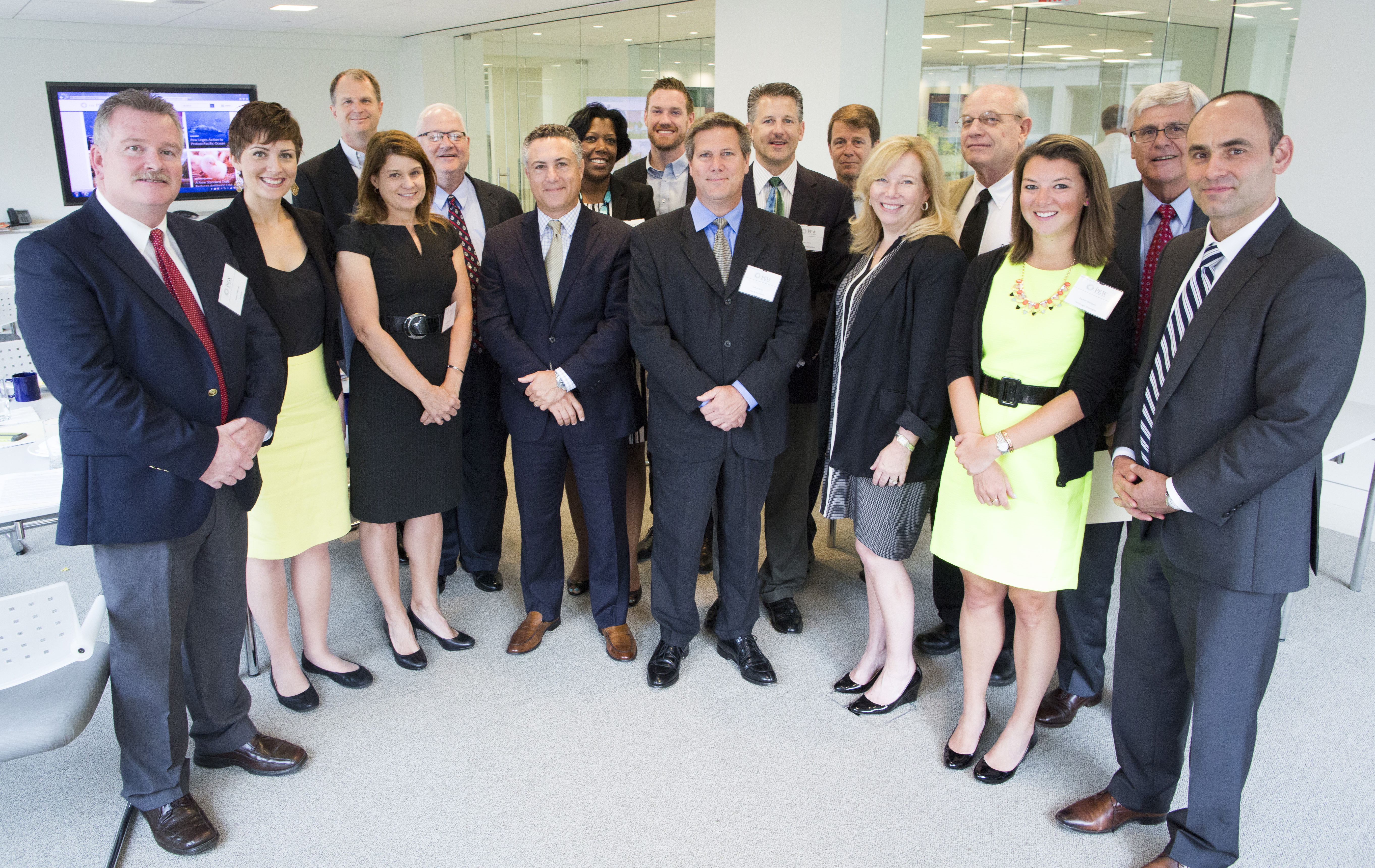
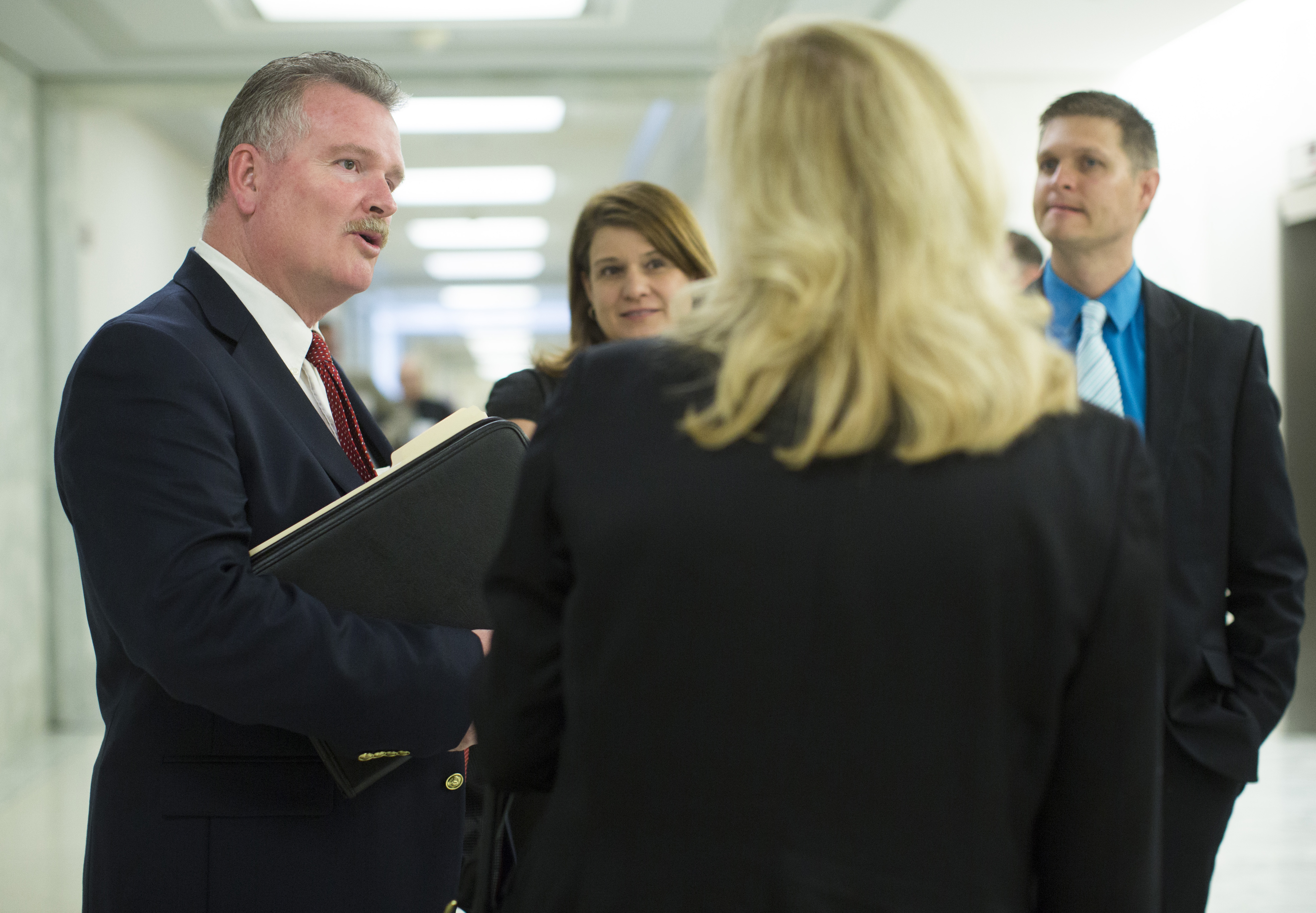
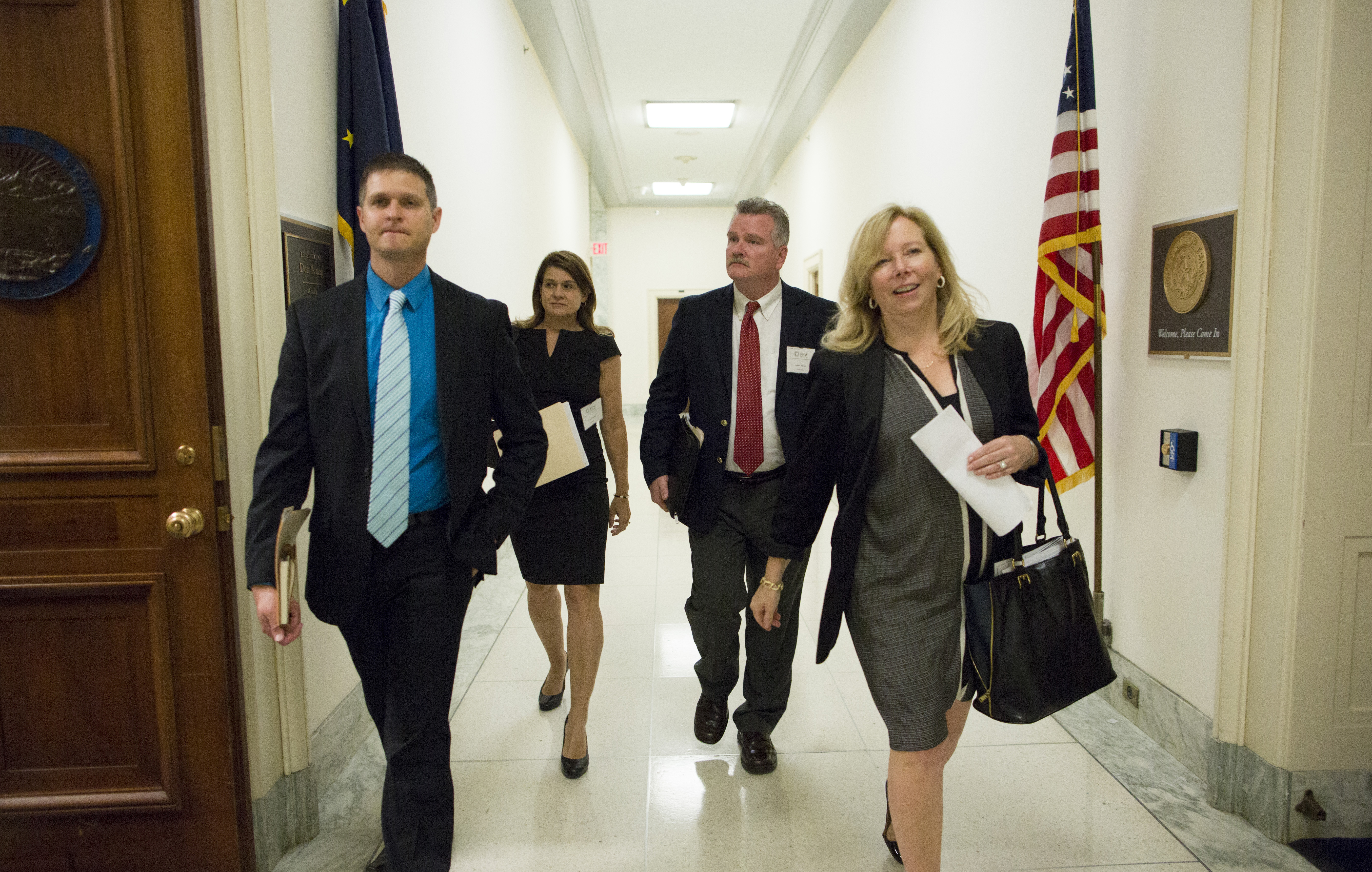
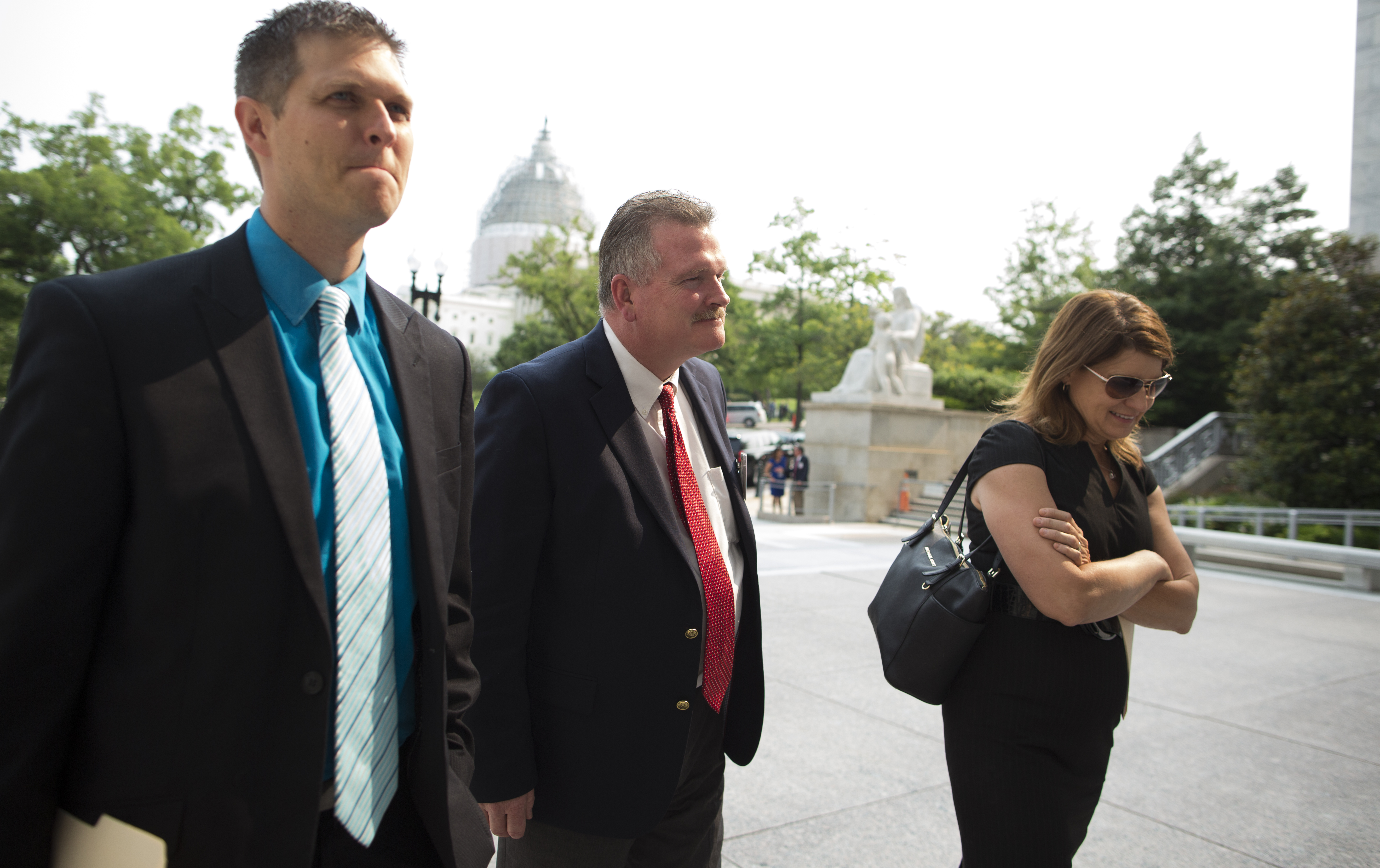





America’s Overdose Crisis
Sign up for our five-email course explaining the overdose crisis in America, the state of treatment access, and ways to improve care
Sign up
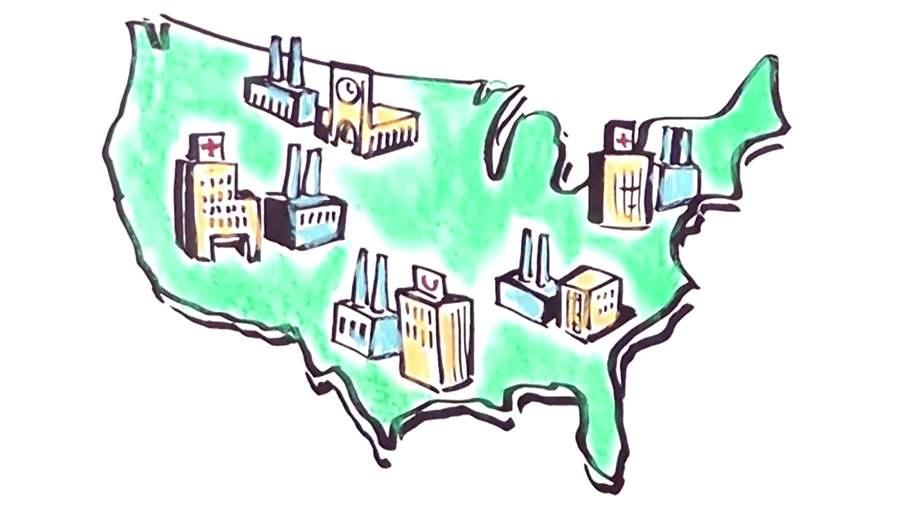
This video is hosted by YouTube. In order to view it, you must consent to the use of “Marketing Cookies” by updating your preferences in the Cookie Settings link below. View on YouTube
This video is hosted by YouTube. In order to view it, you must consent to the use of “Marketing Cookies” by updating your preferences in the Cookie Settings link below. View on YouTube









